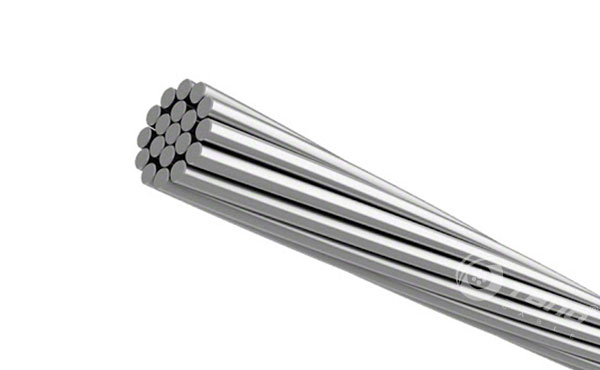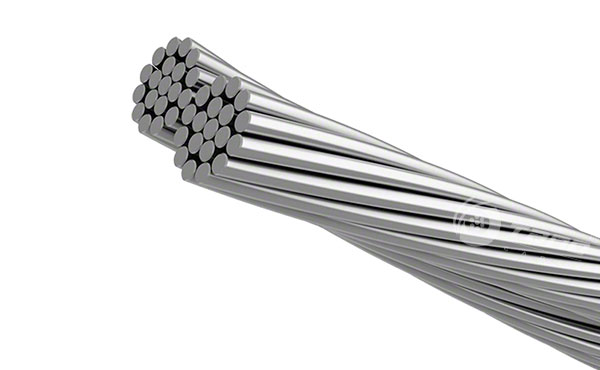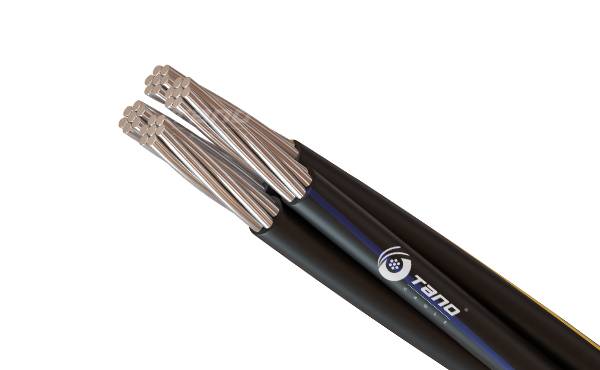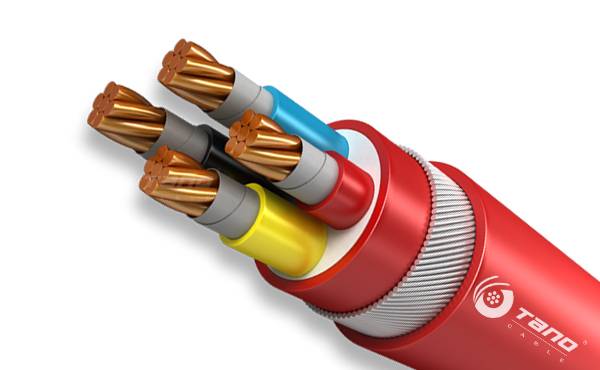10
Jan
36 Chinese brands such as State Grid were shortlisted for the 2016 World Top 500 brands
Share:
A few days ago, the 2016 annual list of the world’s top 500 brands in 2016 was exclusively published by the World Brand Laboratory. Thirty-six Chinese brands including State Grid, Industrial and Commercial Bank of China, Haier, China Mobile, Huawei, and Lenovo were selected as Top 500 Global Brands in 2016. Among them, the national grid ranks 36th among the “World Top 500 Brands”, which is a 20th improvement over the 2015 ranking (No. 56), ranking No. 1 in the list of Chinese brands.
 36 Chinese brands such as State Grid were shortlisted for the 2016 World Top 500 brands Comparing the 2014 and 2015 annual rankings of the world's top 500 brands, we found that only 29 Chinese brands were shortlisted in 2014. In 2015, 31 Chinese brands were shortlisted, and by 2016, the number of Chinese short-listed brands rose to 36. Although the number of Chinese short-listed brands has increased year by year, compared with European and American economies, Chinese brands are clearly still in the "third tier." Looking at the distribution of the number of brands in the world's top 500 brands in 2016, the United States has 227 seats in the top 500. The United Kingdom and France are ranked second with 41 brands. Japan, China, Germany, Switzerland and Italy are brands. In the second camp of the big powers, 37, 36, 26, 19 and 17 brands were selected.
36 Chinese brands such as State Grid were shortlisted for the 2016 World Top 500 brands Comparing the 2014 and 2015 annual rankings of the world's top 500 brands, we found that only 29 Chinese brands were shortlisted in 2014. In 2015, 31 Chinese brands were shortlisted, and by 2016, the number of Chinese short-listed brands rose to 36. Although the number of Chinese short-listed brands has increased year by year, compared with European and American economies, Chinese brands are clearly still in the "third tier." Looking at the distribution of the number of brands in the world's top 500 brands in 2016, the United States has 227 seats in the top 500. The United Kingdom and France are ranked second with 41 brands. Japan, China, Germany, Switzerland and Italy are brands. In the second camp of the big powers, 37, 36, 26, 19 and 17 brands were selected.
Talking about the reasons for the low number of Chinese brands selected for the World Top 500 brands, Steven Evans, a professor of manufacturing at the University of Cambridge, believes that “Made in China is big but not strong, and technology and brand must walk on two legs”. John Dayton, a professor at Harvard Business School, believes that 90% of shoes in the United States are made in China, but they are still branded in the United States. They should be built on the quality that consumers care about, not their origin. Robert Mondale, chairman of the World Brand Laboratory and Nobel laureate in economics, said that “an important feature of the modern economy is brand leadership, and our understanding and understanding of the world's economic powers are mostly based on brands. Government officials should and Like corporate leaders, the study of brand strategy is strengthened because brand is the living body in the regional economy and the most direct embodiment of its core competitiveness.

Talking about the reasons for the low number of Chinese brands selected for the World Top 500 brands, Steven Evans, a professor of manufacturing at the University of Cambridge, believes that “Made in China is big but not strong, and technology and brand must walk on two legs”. John Dayton, a professor at Harvard Business School, believes that 90% of shoes in the United States are made in China, but they are still branded in the United States. They should be built on the quality that consumers care about, not their origin. Robert Mondale, chairman of the World Brand Laboratory and Nobel laureate in economics, said that “an important feature of the modern economy is brand leadership, and our understanding and understanding of the world's economic powers are mostly based on brands. Government officials should and Like corporate leaders, the study of brand strategy is strengthened because brand is the living body in the regional economy and the most direct embodiment of its core competitiveness.








